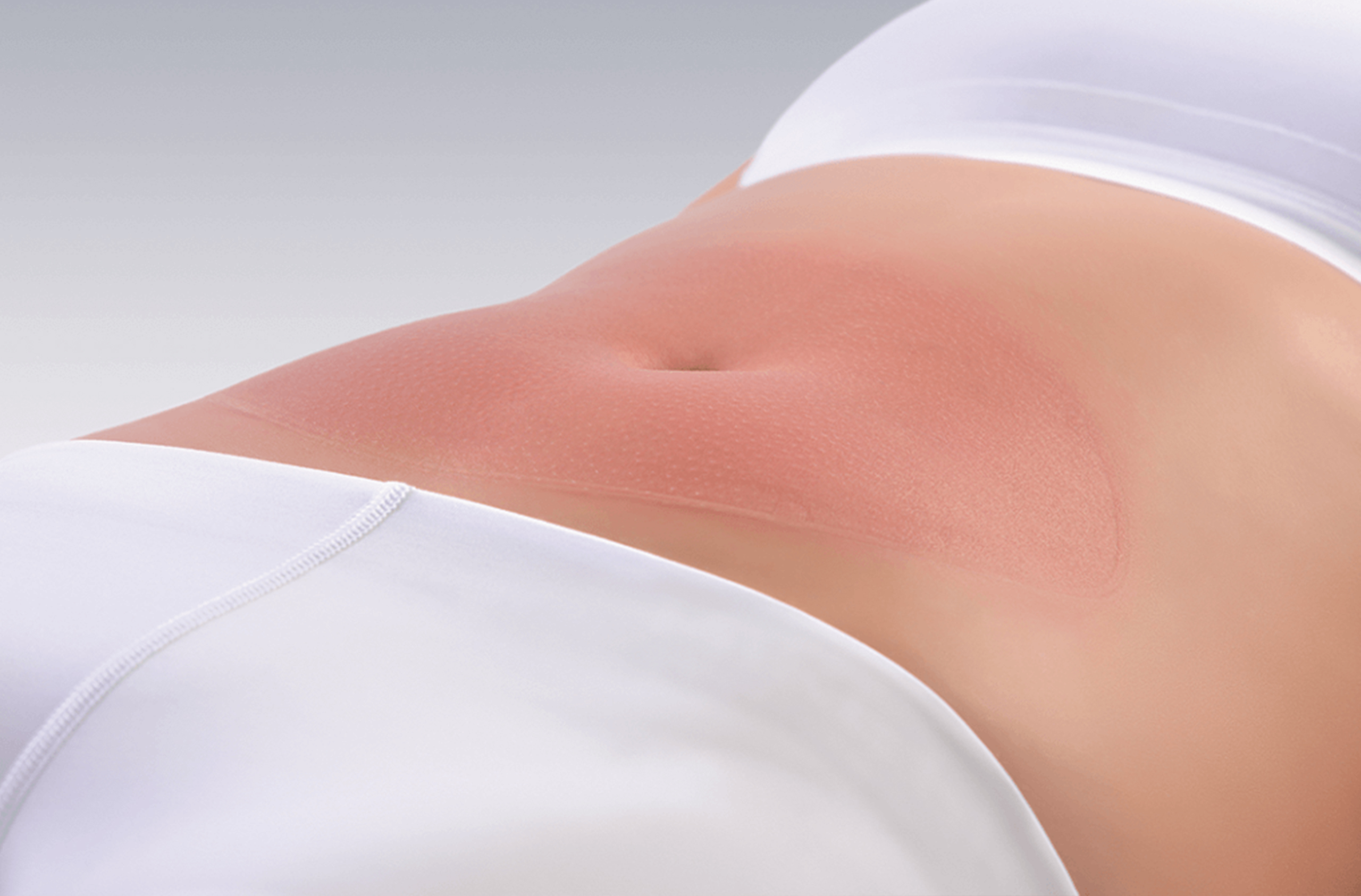What is Cryolipolysis?
It is a painless and safe method and reduces local thickness without surgery or anesthetic, in a single session. With special electrodes, a very low temperature is applied to selected areas. Fat cells are particularly sensitive to cold, unlike other cell types. Controlled cooling has the effect of destroying fat cells, which the body then gradually removes naturally.
When will I see results?
The first results are visible in 4 weeks but the final results are visible after a few months (injured fat cells are gradually eliminated from the body up to 4 to 6 months after treatment), with 25 to 35% fat reduction. The lost centimeters create a slimmer silhouette.
In which areas does it apply?
On abdomen, sides of abdomen, buns, inner thighs, arms, above knees.
How many reps are needed?
More often than not one application gives satisfactory results, in which significant problems a second session offers more improvement.
How long is the session? What should I do next?
The session for each area lasts approximately one hour. Immediately afterwards you can return to your daily activities.
Unwanted actions;
Bruising rarely occurs in the treatment areas and lasts for a few days. The treatment should not be done by patients sensitive to cold (cryoglobulinaemias, cold urticaria, paroxysmal cold haemoglobinaemia).


